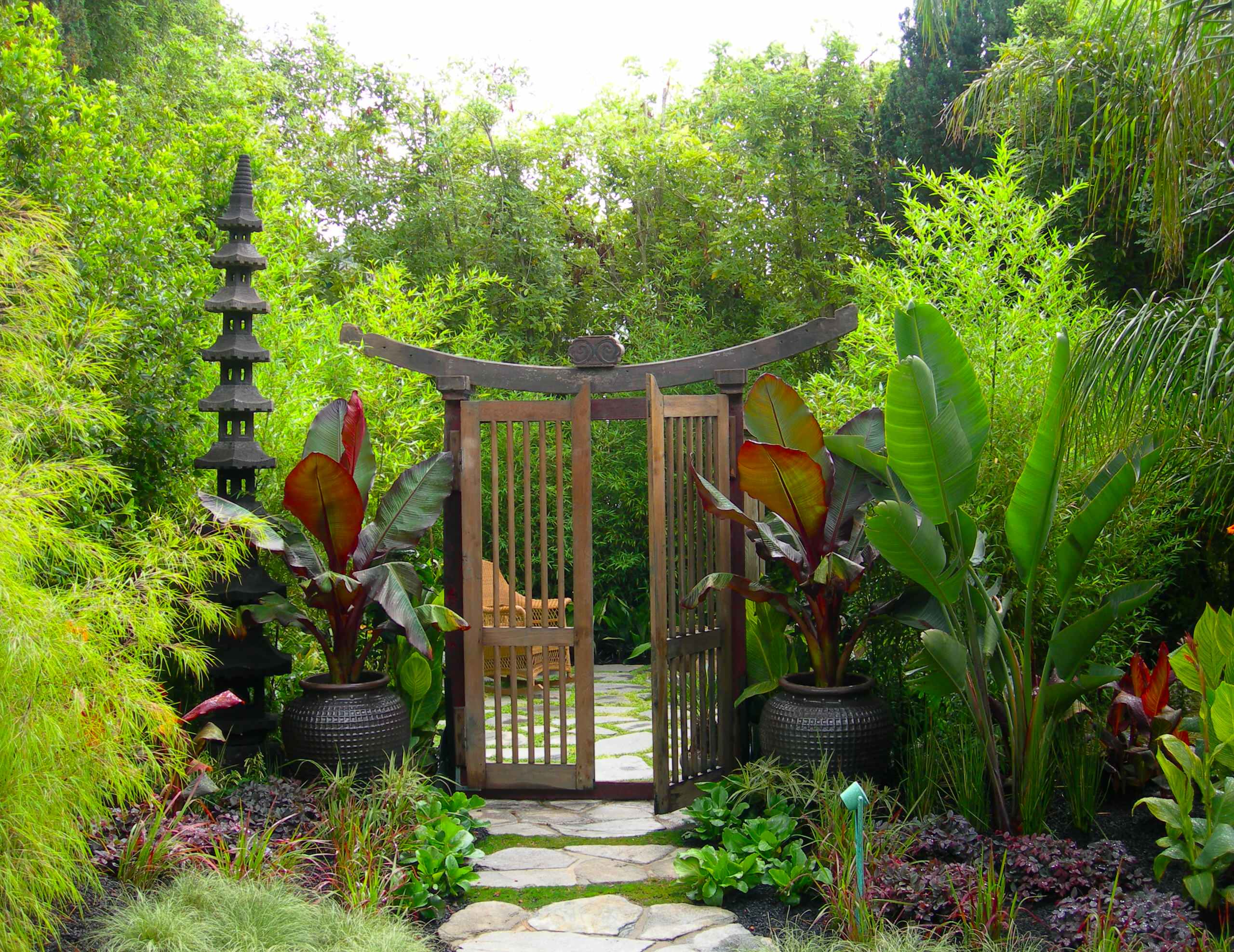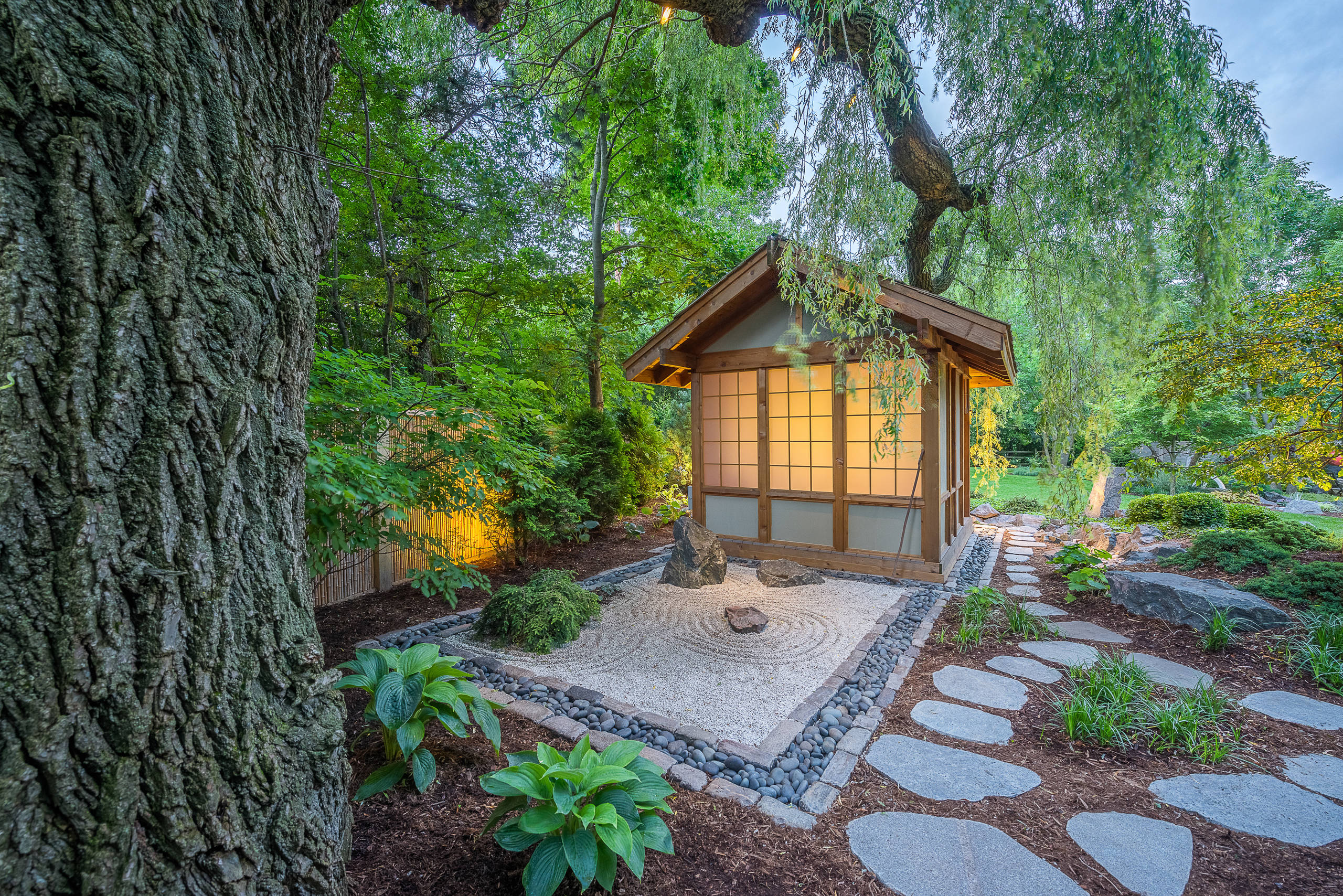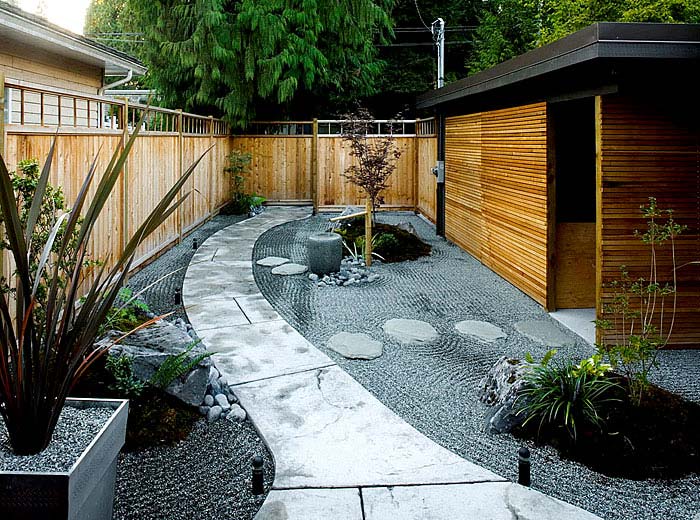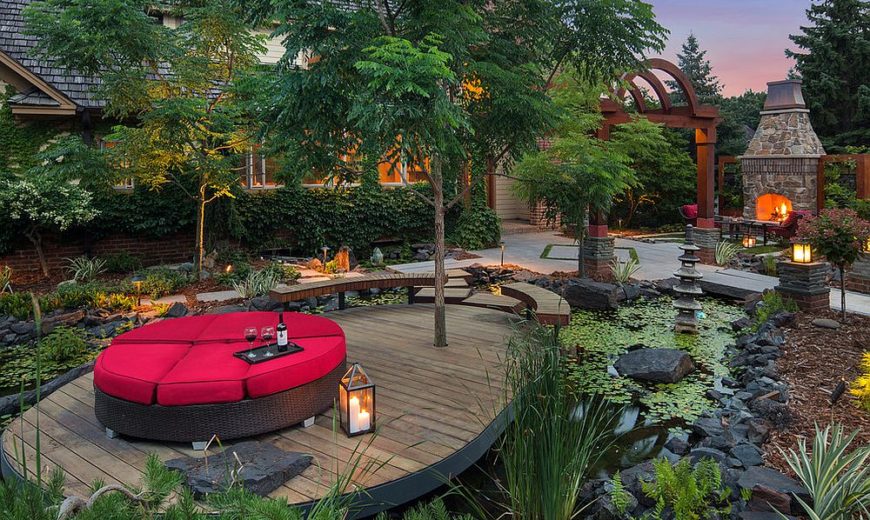When I first stumbled upon Asian outdoor decor, I was captivated by the blend of tranquility and beauty that it offers. From serene garden arrangements to vibrant outdoor sculptures, Asian decor adds a unique charm to any outdoor space. In this article, we will explore the various aspects of Asian outdoor decor, including styles, elements, and practical tips to help you create your own peaceful sanctuary.
Understanding Asian Outdoor Decor
Asian outdoor decor encompasses various styles and influences from countries like Japan, China, Thailand, and India. Each culture brings its own unique elements, creating a broad spectrum of design possibilities. Let’s delve into some characteristics that define Asian outdoor decor.
The Key Characteristics of Asian Outdoor Decor
- Natural Materials: Wood, stone, bamboo, and clay are commonly used, promoting harmony with nature.
- Simplicity and Minimalism: Clean lines and open spaces are emphasized, allowing for a peaceful atmosphere.
- Symbolism: Many designs incorporate symbols of luck, prosperity, and harmony, such as koi fish, lotus flowers, and cherry blossoms.
- Water Features: Ponds, fountains, and water walls are prevalent, reflecting the importance of water in Asian culture.
- Color Palette: Soft earth tones mixed with vibrant colors highlight natural beauty.

Popular Styles of Asian Outdoor Decor
Asian outdoor decor can be broadly categorized into various styles. Here are some popular options to consider:

1. Japanese Zen Garden
Inspired by ancient Japanese landscaping, Zen gardens focus on simplicity and tranquility. Key features include gravel, stones, and carefully placed plants.

| Element | Purpose |
|---|---|
| Gravel | Represents water; raked into patterns for aesthetic appeal. |
| Rocks | Symbolize mountains or islands, carefully arranged for balance. |
| Plants | Add life and color; often include moss, bonsai, or evergreens. |
Pros and Cons of Japanese Zen Gardens

- Pros:
- Promotes relaxation and mindfulness.
- Low maintenance once established.
- Timeless aesthetic that enhances property value.
- Cons:
- Initial setup can be labor-intensive.
- Requires some understanding of design principles.
2. Chinese Courtyard Garden

Chinese courtyard gardens are designed as enclosed spaces filled with plants, water features, and decorative stones, creating an intimate oasis.
Key Features of Chinese Courtyard Gardens

- Water Elements: Ponds and streams are essential, often filled with koi fish.
- Architectural Elements: Arched bridges and pavilions blend seamlessly with nature.
- Feng Shui: Design is based on principles of harmony and energy flow.
3. Thai Tropical Gardens

Renowned for vibrant colors and lush foliage, Thai gardens often incorporate exotic plants and bold decorations.
Incorporating Thai Elements
- Colorful Flowers: Orchids, hibiscus, and bougainvillea add vibrancy.
- Statues and Art: Buddhist statues and intricate carvings offer cultural insight.
Incorporating Asian Outdoor Decor into Your Space
Creating an Asian-inspired outdoor space involves careful planning and execution. Here are steps to guide you in transforming your outdoor area.
Step 1: Select Your Style
Decide which Asian style resonates most with you. Whether it’s the serenity of a Zen garden or the vibrancy of a Thai garden, this will guide your design choices.
Step 2: Plan the Layout
Sketch the layout of your garden, keeping in mind pathways, focal points, and seating areas. A well-thought-out plan ensures harmony in design.
Step 3: Choose the Right Materials
Opt for natural materials that align with your selected style. For instance, if you’re leaning towards a Japanese garden, consider gravel, rocks, and bamboo.
Step 4: Add Water Features
Introduce a water element, be it a small pond, fountain, or water wall. The sound of flowing water enhances tranquility.
Step 5: Incorporate Plants and Decor
Choose plants that thrive in your climate while reflecting your theme. Add decorative elements like statues, lanterns, or wind chimes for character.
Top 5 Must-Have Asian Outdoor Decor Elements
Here are essential decor elements that can elevate your outdoor space:
1. Garden Lanterns
Beautifully crafted lanterns, often made from stone or metal, provide both illumination and aesthetic appeal.
2. Bonsai Trees
A symbol of patience and dedication, bonsai trees bring a touch of Japanese culture and elegance to any garden.
3. Koi Ponds
Koi ponds are not only visually stunning but also promote a sense of calm and serenity.
4. Bamboo Fencing
Durable and eco-friendly, bamboo fencing creates a natural boundary while enhancing privacy.
5. Water Features
Fountains or small ponds can create a focal point, attracting birds and enhancing the auditory experience of your garden.
Maintaining Your Asian Outdoor Decor
Once your Asian outdoor decor is set up, maintenance is key to preserving its beauty. Here are helpful tips:
Regular Cleaning
Keep your space clean by regularly removing debris from water features and surfaces. This not only maintains aesthetics but also contributes to the longevity of decor elements.
Water Management
If you have a pond, ensure proper filtration and regular water changes to keep fish healthy and the environment clean.
Plant Care
Regularly trim and care for your plants, ensuring they remain healthy and vibrant. Consult with local gardeners for specific needs regarding watering and soil quality.
Inspiration from My Personal Journey
In my quest to create a serene outdoor space, I embraced the principles of Asian outdoor decor. The process was not just about aesthetics; it became a journey of mindfulness and personal growth. Each element, from the placement of rocks in my Zen garden to the careful tending of my bonsai tree, taught me the importance of patience and harmony with nature.
Every time I step into my garden, I’m reminded of the peace and tranquility that comes from carefully curated spaces. Whether it’s enjoying a cup of tea by my koi pond or meditating under the shade of my bamboo, living with Asian decor has genuinely transformed my outlook on relaxation and mindfulness.
FAQs About Asian Outdoor Decor
What materials are best for Asian outdoor decor?
The best materials include natural elements such as wood, stone, bamboo, and clay, which harmonize beautifully with nature.
How do I maintain a Zen garden?
Maintenance involves raking the gravel regularly, replacing stones, and nurturing surrounding plants to keep the space serene.
Can I incorporate Asian decor in small spaces?
Absolutely! Small water features, potted bonsai trees, and compact lanterns can bring Asian influences to even the tiniest of outdoor areas.
What’s the best way to introduce water features?
Start small with a fountain or birdbath. As you become comfortable, consider expanding to a koi pond or a small stream.
Are there specific plants that are associated with Asian decor?
Yes! Common choices include bamboo, cherry blossom trees, lotus flowers, and various types of ferns and moss.
Conclusion
As we’ve explored, Asian outdoor decor is more than just a design choice; it’s a way to create a tranquil atmosphere that promotes peace and reflection. Whether you are inspired by the minimalism of Japanese gardens, the intricate beauty of Chinese courtyards, or the vibrant tropical feel of Thai gardens, there’s an Asian aesthetic waiting to transform your outdoor space. Embrace the journey, connect with nature, and watch as your outdoor oasis flourishes.